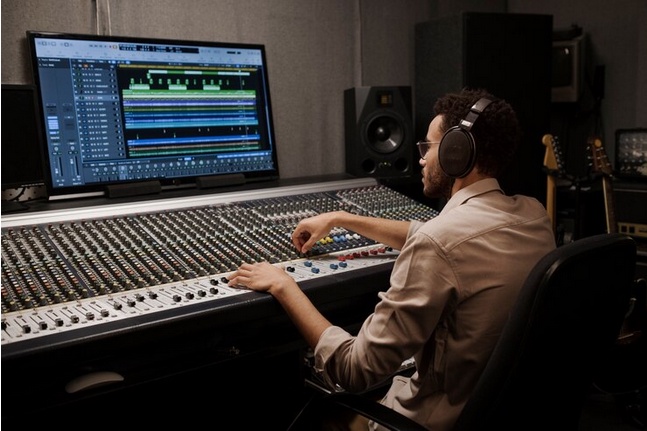Introduction:
In the ever-evolving landscape of technology, the role of audiovisual system design has become increasingly crucial. From corporate boardrooms to entertainment venues, the seamless integration of audio and visual elements is imperative for delivering immersive and impactful experiences. This article delves into the intricate world of audiovisual system design, exploring the principles, challenges, and innovations that define excellence in this dynamic field.
The Core Elements of Audiovisual System Design:
Audiovisual system design involves the integration of hardware and software components to create cohesive and high-performance audiovisual environments. This encompasses a range of systems, including sound reinforcement, video displays, control systems, and signal processing. The synergy between these elements is pivotal in ensuring a synchronized and reliable audiovisual experience.
Optimizing User Experience:
At the heart of audiovisual system design is the goal of optimizing user experience. Whether in a conference room, a concert hall, or a home theater, the design must align with the intended use and audience expectations. User interfaces play a critical role in facilitating seamless control, allowing users to navigate and manipulate audiovisual components effortlessly.
Architectural Integration:
Successful audiovisual system design goes beyond technical specifications; it seamlessly integrates with architectural elements. Concealing equipment, optimizing acoustics, and aligning visual displays with the space's aesthetics are essential considerations. The aim is to create an unobtrusive yet powerful audiovisual infrastructure that complements the overall design of the environment.
Challenges in Audiovisual System Design:
Designing audiovisual systems comes with its share of challenges. Achieving optimal audio clarity, maintaining visual fidelity, and ensuring compatibility across diverse devices are common hurdles. Additionally, the rapid pace of technological advancements requires designers to stay abreast of emerging trends and innovations to deliver state-of-the-art solutions.
Scalability and Future-Proofing:
In an era where technology evolves at an unprecedented pace, scalability and future-proofing are paramount in audiovisual system design. Systems must be designed with flexibility, allowing for seamless upgrades and adaptations to emerging technologies. This ensures that the audiovisual infrastructure remains relevant and efficient over an extended lifecycle.
Integration of Emerging Technologies:
The landscape of audiovisual system design is continually shaped by emerging technologies. From immersive audio formats like Dolby Atmos to high-resolution video standards like 4K and beyond, staying at the forefront of technological advancements is essential. Augmented reality (AR) and virtual reality (VR) are also influencing the design landscape, offering new dimensions to interactive and immersive audiovisual experiences.
Reliability and Redundancy:
In critical environments such as live events, broadcast studios, or command centers, reliability is non-negotiable. Audiovisual system design must incorporate redundancy measures to ensure uninterrupted operation. Redundant power supplies, backup processors, and failover mechanisms contribute to the robustness of the system, minimizing the risk of technical glitches during crucial moments.
Human-Centric Design:
A hallmark of excellence in audiovisual system design is a human-centric approach. Designers must consider the end-users' needs, preferences, and behaviors to create systems that are intuitive and user-friendly. Accessibility features, clear user interfaces, and thoughtful placement of controls contribute to a positive and inclusive user experience.
Environmental Considerations:
As sustainability becomes a focal point across industries, audiovisual system design is not exempt from environmental considerations. Energy-efficient components, responsible manufacturing practices, and end-of-life disposal strategies are integral aspects of designing systems that minimize their ecological footprint.
Conclusion:
In conclusion, mastering audiovisual system design is a multifaceted endeavor that requires a deep understanding of technology, design principles, and user experience. From optimizing user interfaces to navigating challenges in compatibility and scalability, designers must continually innovate to meet the evolving demands of the industry. As emerging technologies continue to shape the landscape, those wired for excellence in audiovisual system design will play a pivotal role in delivering cutting-edge, immersive experiences that redefine the boundaries of possibility.


No comments yet